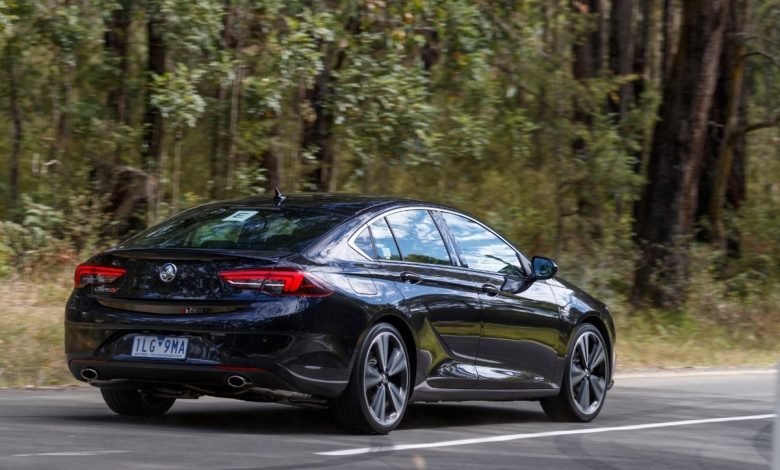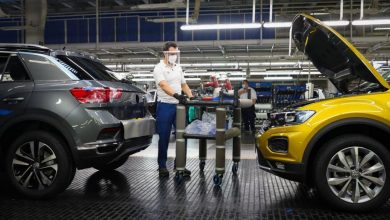
How data may have saved Holden
The outrage over General Motors’ decision to pull the Holden brand is understandable, but it obfuscates the bigger issue: the entire automotive industry is terrible at seeing the future.
The sad part of this story is that Holden’s death wasn’t inevitable. It’s the result of a series of small mistakes over time, the result of one bad decision after another. And if we don’t change those mistakes, they’re going to happen again.
The debate over cars in Australia is about data. For so long, the debate around car manufacturing in Australia (and the world) has been that manufacturers just aren’t making the types of cars people want to buy. People want smaller cars, and builders – like Holden – just kept making bigger ones.
But here’s the bigger issue: Holden was open for three years after they stopped operations in the Australia and New Zealand market. So why has the brand dissipated into nothing?
The issue is data. Or rather, what to do with the data we have. The automotive industry is filled with data. (In fact, the Australian automotive industry is currently adjusting itself to a new ruling that allows mechanics to access raw manufacturing data.)
The difference is that this data sits in multiple places, eaten by complex supply chain management, and doesn’t enable the industry to see the bigger picture. It didn’t allow GM to see how Holden could have survived.
Basically, the automotive industry faces two huge challenges: uncertainty over what happens with its data or how to use it; and the need to stay aligned with risk and compliance. Those two things don’t mix.
How has the industry changed? Consider the massive disruptions the automotive industry has faced over the last 10 years, the time when Holden has struggled the most:
- Cars have more assisted driving techniques
- The supply chain ecosystem has started digitising and connecting
- The industry is moving away from a national and regional production role and towards a more decentralised approach
- Self diagnostic systems can alert drivers to real-time problems, reducing mechanical failures
- The trucking industry is being infused with tech like the Internet of things to monitor safety, optimisation, and conditions
- Cars are collecting more information about their routes, drivers, behaviour, problems, and support more than ever before.
So, how can automakers stop this from happening again? The automotive industry is a Frankenstein’s monster, with multiple complex supply chains interacting. Avoiding a failure on the scale of Holden again will require foresight, and strong implementation of processes to understand data, rather than just collect it.
Here’s how the industry can do that.
Understand the modern process of selling a car
Buying a car is infinitely more complex than it used to be. Owners and managers need to take into account customer relationship management, sales planning, logistics, and web-based technology systems. Right now the industry uses a mix of old and new systems to make sure dealerships run efficiently. The result is that many dealers and manufacturers don’t have the full picture of how their sales funnels work, or how customers react at various points along the way.
Create detailed process maps
You can make bad decisions even if you have data. What manufacturers need is an understanding of the entire end-to-end sales process.
Once you map an entire process, you begin to answer questions like:
- Which incidents would I like to detect and act upon proactively?
- Where would task prioritisation help improve overall performance?
- Where do I know that increased transparency would help the company?
- How can I utilise processes in place of gut feeling/experience?
Right now, the automotive industry doesn’t understand the answers to these questions.
GM didn’t either.
Create an infrastructure to enable new, better processes
Once automakers understand these processes, they can start taking advantage of any gaps they see, or fix problems just as soon as they happen.
Right now, dealers and manufacturers use different systems and aren’t able to see that breakdown in full. But using a process map allows them to see every piece of the journey along the way, with everyone working together to improve accountability, rapid problem solving, and monitoring.
If GM did that several years ago, Holden might still be around today. As it stands, the saga serves as a warning for others: don’t just understand what data you have, understand how you got it, and what you can do with it.
Font: CIO





